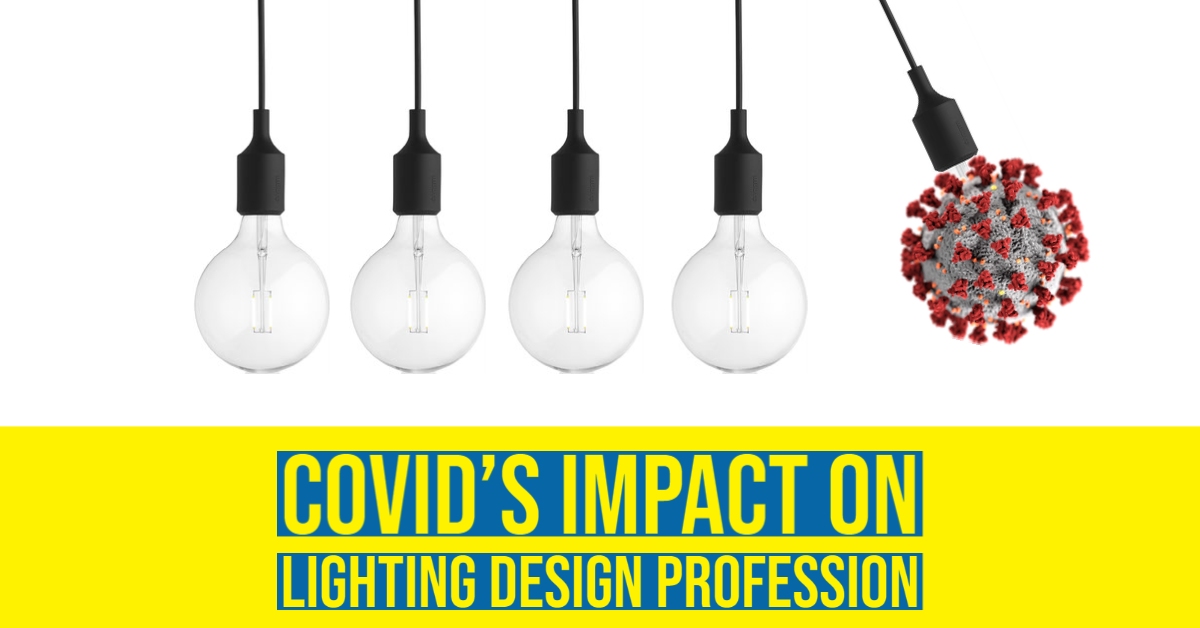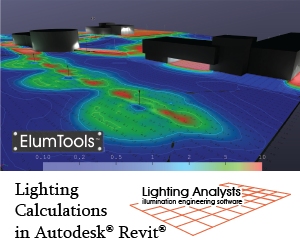Impacts of COVID-19 on the Lighting Design Profession

A recent IALD survey of 246 lighting designers provides insights into the pandemic-era lighting design profession.
To better understand these challenges and gain insight into the pandemic’s impact, the International Association of Lighting Designers (IALD) surveyed lighting design business owners and principals about the COVID-19 crisis in May 2020. This survey was repeated several months later, opening it up to all lighting designers. A total of 246 lighting designers, representing 39 different countries, responded to the most recent survey. Their lighting design firm sizes ranged from solo practitioners (12%); two to five employees (31%), six to ten employees (25%), 11 to 49 employees (24%); and 50+ employees (7%). The survey posed questions during the September to November time frame. It opened on 9 September 2020 and closed on 23 September 2020.
Lighting Design Firms Continue to Weather the COVID-19 Storm
In May 2020, when the IALD first surveyed lighting designers, the results indicated that most lighting design firms were not fully prepared for this crisis—not unlike many other businesses worldwide. While over half of the respondents from May 2020 did not have a business continuity plan in place when the COVID-19 pandemic affected cities and countries around the world, almost 30% of respondents had an outlined plan and 16% were following their plan. Fast forward a few months later and lighting designers are still feeling the impact of COVID-19. Survey results indicate that firms are adapting, and declines are perceived as more moderate than the survey in May 2020.
The full impact of the global pandemic is still uncertain. Back in May of 2020, most firm owners (54%) anticipated it would take between one to three or more years before businesses return to pre-COVID-19 levels. Since then, many lighting designers have shifted the narrative from when business returns to normal, to how the lighting design profession will look in the future. Some lighting designers suspect that the built environment will shift and there will be a change in how business is conducted. Other forward-focused designers believe that lighting design must adapt and produce innovative solutions and be relevant in the new normal more than before.
Lighting Design Firms Continue to Feel Impact from the Crisis
Lighting design firms around the world continue to experience a range of effects on their prospective work. While only a small portion of owners and principals (10%) have not experienced any negative effect, most firms (38%), however, have experienced a moderate decrease in prospective projects. Compared to May 2020, there is a shift in sentiment from major decreases and impact to more moderate losses.
Lighting design firm owners and principals’ confidence in getting new proposals and signed contracts in the months of September to November 2020 is higher than the survey in May 2020 (which was just under 50%). This optimism equates to between 16% to 18% greater chance of getting new proposals and signed contracts for September to November. Lighting design firms predict moderate revenue losses, and a flat loss across September, October and November, indicating no anticipated further downturn at the end months of this year, but no bounce back either.
Lighting Design Firms Notice the Breadth of Sectors Affected by COVID-19
Many sectors in which the lighting design community works have been affected by COVID-19, with some experiencing growth and others showing a decrease in activity. The sectors that are showing the most promise (increases) are: residential (36%), public/government (25%), and health (18%).
Other sectors that have been hit hard (decreases) are more public facing like hotel (63%), retail (58%) and amusement and recreation (45%). With a portion of the workforce still working from home, office work has also seen a strong decrease (43%).
Most Current Projects Are Moving Forward Despite COVID-19
Most current projects (71%) are moving ahead or moving ahead more slowly. In the October 2020 survey, we see a decrease in slowed or stopped projects compared to May 2020.
Top COVID-19 Related Issues for Lighting Design Firms Remain the Same
Since May 2020, the top three issues have remained the same for lighting design firms, but their severity has decreased indicating that more projects are moving ahead. These three issues are: increases in project delays/projects on hold, stalled or stopped construction on projects, and difficulties in getting lighting equipment. Owners or principals are seeing fewer issues collecting payments and getting lighting equipment than in May 2020. There is an increase in abnormally high prices due to market uncertainty, however, it remains lower on the list of issues.
COVID-19 Impacted Firm Spending; Some Softening Seen in October
When COVID-19 first hit, most firms (71%) put a freeze on major expenditures. A few months later there are indicators that spending is softening. Freezes on major expenditures drop from 71% in May 2020 to 58% in October 2020. Fifty-three percent of firms in October placed a hold on discretionary spending compared to 60% in May. Hiring, however, has remained on hold, and there has been an increase in reduced staff benefits from May 2020.
Staffing Impact is Still Minor for Most Firms
COVID-19 has impacted staffing for lighting design firms, but trends remain consistent from May to October 2020. Many firms haven’t experienced any changes to staffing, but are still holding on hiring new staff. The two areas that showed an increase during this time are: 14% lay-offs reported in October compared to 7% in May; and an increase in furloughs with 9% in October compared to 5% in May 2020.
Indicators show that there is a shift back to some work in the office and more site and client visits. In October 2020, we saw a decrease in all staff working remotely: from 70% in May down to 55% in October, and an increase in some staff working remotely: 30% in October compared to 8% in May. Client visits have increased significantly as well, with 66% of firms doing some client/onsite visits in November compared to only 29% in May.
Business Owners’ Continue to Split Time Managing Current Work and Seeking New Projects
Business owners and principals are back to spending more time on managing current projects (up 10% from May 2020) and seeking new work (up 12% since May 2020). The area that owners are spending less time now is looking into financial implications and resources (down 24% since May 2020) and slightly down managing staff morale and communication (5%).
Lighting Designers Have Mixed View of the Future
While long-term ramifications of the COVID-19 crisis remain unknown, the majority of lighting designers foresee changes coming—both internally and externally. Internally, firms see changes in how they work and interact with clients. Externally, lighting designers predict that the pandemic may shift how people engage with each other, where they may spend more time (indoors or outdoors), and that temporary work-from-home policies may become more permanent, affecting the office sector.
Many lighting designers believe, to some degree, that virtual work will remain a part of the process. There will be more digital communication and working remotely may become more integrated into the business practice. Given that teams may remain fully or partially remote, collaboration software may need to evolve for colleagues to connect with each other as well as communicate with clients. Additionally, firms may need to offer more integrated services and higher involvement in controls, app-based controls, and with other systems. A downside mentioned is that work may become more localized, which limits the reach for many lighting designers and may increase competition. Localized work may also lead to more collaborative relationships among lighting designers in different territories if projects are remote. However, this model could add complexity by managing additional relationships.
Other lighting designers see an evolution in the built environment. From office buildings retrofitted to living spaces and living spaces becoming more multi-functional to redefining outdoor places and sustaining physical distances when gathering, lighting designers will have to innovate and adapt as spaces respond to this new reality. On the more pessimistic side, some lighting designers are worried that lighting design gets value-engineered out of projects more than currently, and that other trades will take on lighting design to save money. There were also predictions that GUV lighting and health and wellness may be of greater importance. As one designer said, “Lighting design will be more relevant as the effects of light on human health and well-being are better understood and acknowledged by people.” No one is certain about the future, but the majority of lighting designers are preparing for a variety of changes they may face.
REPRINTED WITH PERMISSION FROM THE International Association of Lighting Designers
The International Association of Lighting Designers (IALD), established in 1969, is an international organization supporting a network of more than 1,500 lighting design professionals who satisfy its rigorous qualification process. Its members are distinguished by a unique blend of aesthetic and technical expertise, and operate at the highest level of integrity to create a better world through leadership and excellence in lighting design; to cultivate the universal acknowledgement and appreciation of the Power of Light in human life.
Don’t miss the next big lighting story…Click here to subscribe to the inside.lighting InfoLetter |



